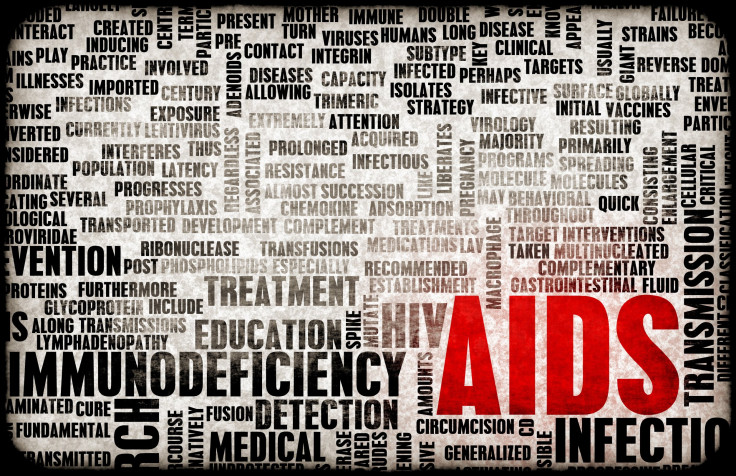World AIDS Day 2014 Marks Overall Downward Trend In Global HIV/AIDS Cases, But Here Are Some Faces Of The Pandemic

The world is finally seeing a light at the end of the tunnel for AIDS, one of the most feared, controversial, and stigmatized diseases in the history of modern medicine. The long-awaited news was published in an advocacy and research campaign report on World AIDS Day, Dec. 1. Since the AIDS epidemic began more than 30 years ago — it's now a pandemic — it has killed up to 40 million people worldwide, according to the Centers for Disease Control and Prevention.
Four years ago, President Obama released the first National HIV/AIDS Strategy with a clear goal:
“The United States will become a place where new HIV infections are rare and when they do occur, every person, regardless of age, gender, race/ethnicity, sexual orientation, or socio-economic circumstance, will have unfettered access to high quality, life-extending care, free from stigma and discrimination.”
The overall plan seems to have worked because in the 2014 ONE AIDS Report, released today, it says that the world has finally reached “the beginning of the end of AIDS.” This year, for the first time, there were more people who began life-saving AIDS treatments, than there were new infections. But there are still three distinct hurdles delaying the defeat of AIDS.
The first is inadequate funding, which is calculated to be $3 billion short of what is needed to control the disease. The second, is that groups where the disease is so heavily concentrated are harder to reach. These groups include people who inject drugs, men who have sex with men, sex workers, and adolescent girls. They often don’t seek treatment or prevention services. In fact, one out of seven people living with HIV don’t even know they have it. The third threat is failing to continue on a downward trend. For example, Ghana reached the same improvement point in 2012, but slid backwards the next year.
“Despite the good news, we should not take a victory lap yet,” said the report’s author Erin Hohlfelder, ONE’s director of Global Health Policy, in a press release. “We’ve passed the tipping point in the AIDS fight at the global level, but not all countries are there yet, and the gains made can easily stall or unravel.”
The human immunodeficiency virus (HIV) emerged in 1981, and became recognized as a new illness when the United States found it among a small number of gay men. HIV mainly spreads by having sex or sharing needles because it transmits only through certain fluids, such as blood, semen, rectal fluids, vaginal fluids, and breast milk. HIV causes AIDS (acquired immune deficiency syndrome), a condition that progressively worsens the immune system. It makes it easier for life-threatening infections and cancers to thrive in the body, and without treatment, the average survival time from the onset of infection is nine to 11 years.
It’s an opportunistic disease that doesn’t strike a certain race, gender, or age group differently. All the virus needs to grow and replicate is a single human T-cell, and we’re all human. HIV destroys T cells, which are needed to help the immune system, and without them, the body is dangerously vulnerable. The Faces of HIV project examines the effects of stigma, personal relationships, and care issues associated with being HIV positive. It was started by the We Make The Change campaign launched by the Florida Department of Health, and has spread the message that HIV/AIDS is real, and it won’t go away until we continue progressing.



























